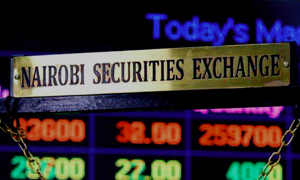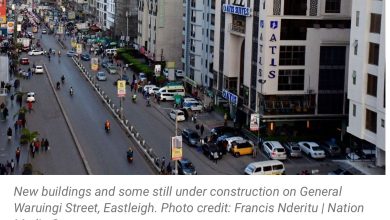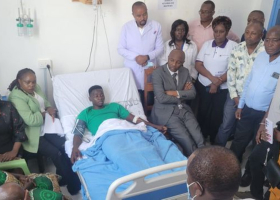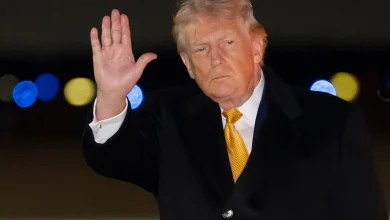Was Raila’s Account Hacked? Confusion Over Cryptocurrency Announcement
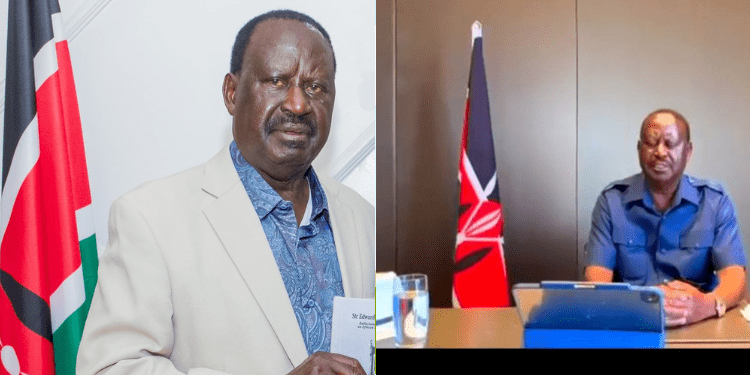
A post from former Prime Minister Raila Odinga’s official account on the social media platform X on Thursday, September 18, 2025, has sparked widespread confusion and speculation. This comes after the now-deleted post from Odinga’s verified X account, which has over 2 million followers, claimed that Kenya was preparing to launch a new cryptocurrency dubbed the “Kenya Token.”
The post described the token as a transformative financial initiative that would run on the Solana blockchain. It claimed the token would strengthen Kenya’s financial systems, boost economic growth, and position the country as a leader in Africa’s digital economy.
The post went as far as quoting Raila Odinga in first-person, saying, “As the former Prime Minister of the Republic of Kenya, I am proud to announce that we will soon launch a new digital coin, an ambitious step towards strengthening financial systems and supporting sustainable economic growth across Kenya, Africa, and the rest of the world. Kenya is ready to embrace the future. The Kenya Token will position our nation at the forefront of Africa’s crypto revolution.”
It also added that the initiative would empower youth by providing opportunities to learn, trade, invest, and innovate within the crypto space.
Raila Odinga pulls down the cryptocurrency announcement video
However, the post was deleted just hours after the announcement, raising eyebrows among Kenyans. Hours later, Odinga’s account then reposted a warning from popular X user @moneyacademy, which claimed that the Orange Democratic Movement (ODM) Party Leader’s account had been hacked, and that the video was a deepfake intended to scam people.
“Somebody hacked Raila Odinga’s Twitter account and made a deepfake to scam people. Don’t fall for it, it’s a scam,” the post read.
A deepfake is a type of synthetic media in which a person in an image, video, or audio is digitally manipulated to appear as someone else — often in a highly realistic way.
It is created using artificial intelligence, especially deep learning techniques like generative adversarial networks. A deepfake can make it look like someone said or did something they never actually did, using AI to change a face in a video, clone a voice, and alter expressions or lip movements to match fake audio.
How to detect deep fakes
According to experts, deepfakes can be detected through subtle inconsistencies in facial expression, body movement, and audio-visual sync.
In the widely circulated video of Raila, key red flags include unnatural blinking patterns and static posture, with his hands oddly clasped throughout while his fingers repeatedly twitch—signs of potential manipulation.
According to the Alan Turing Institute and Binary IT, deepfake algorithms often struggle with natural eye movement, micro-expressions, and realistic muscle dynamics, especially in hands and facial transitions.
On their part, TechTarget and Cybersecurity Intelligence explain that deepfakes often fail to simulate natural motion and lighting and may contain blurred edges or mismatched reflections.
Other typical signs include mismatched lip-syncing, inconsistencies in lighting and reflections, and blurred edges around hair or facial features. Videos created using generative adversarial networks can also show unnatural texture or pixelation during transitions.
More advanced forensic tools now track subtle biological signals — like pulse detection via skin tone fluctuations — to verify authenticity (Lifewire, 2023).
Beyond this case, deepfakes have already been used in global scams, including a recent incident where scammers cloned the voice and face of a Hong Kong CFO to authorize a fraudulent $25 million transfer.
While digital forensics tools offer better detection, even visual cues like unnatural hand stillness can expose inauthentic content.
Confusion
By the time of publishing, there has been no official statement or press release from Raila Odinga or his team confirming the legitimacy of the project. Neither the Central Bank of Kenya nor any government authority has backed the claims.
On Thursday, online skepticism grew rapidly, and the video was flagged as suspicious, especially since no official statements supported it.
Blockchain analysts, on their part, found that nearly 20% of the token supply was acquired immediately after launch by linked wallets.
Although marketed as “for the people,” these holdings appeared privately controlled—typical of setups that often end in scams or rug pulls. The project’s name also caused confusion by resembling the legitimate Kenya Digital Token (KDT), a separate initiative tied to government discussions.
In July 2025, the Ministry of Information, Communications, and the Digital Economy (MoICDE) Cabinet Secretary William Kabogo announced the launch of KDT. This national digital token operates on the Solana blockchain, chosen for its speed, scalability, and low transaction costs. KDT operates on the Meteora decentralized platform, denoted by the ticker $KDT, and processes thousands of transactions per second with minimal fees. Developed independently by private innovators, KDT aligns with Kenya’s digital transformation goals by distributing control across network participants.
Separately, Kenya is drafting the Virtual Asset Service Providers (VASP) Bill, 2025, which aims to regulate virtual assets by requiring mandatory licensing for all VASPs operating in or from Kenya. The bill seeks to balance innovation, consumer protection, and economic stability with clear operational guidelines.

